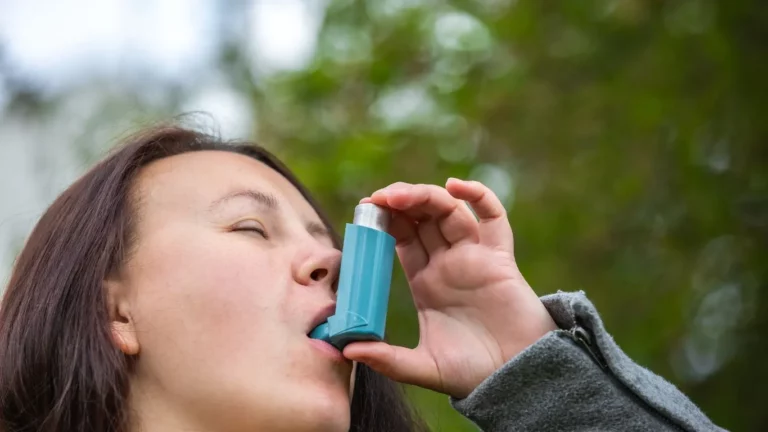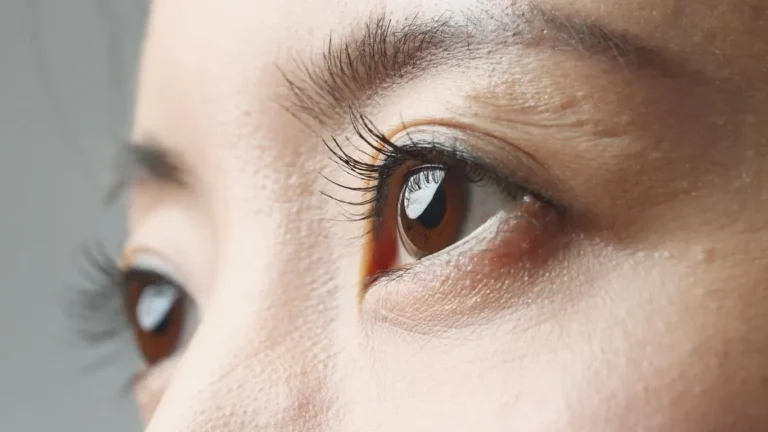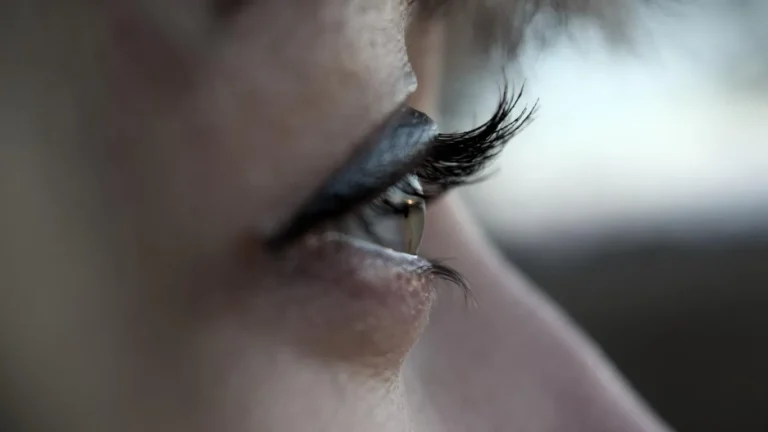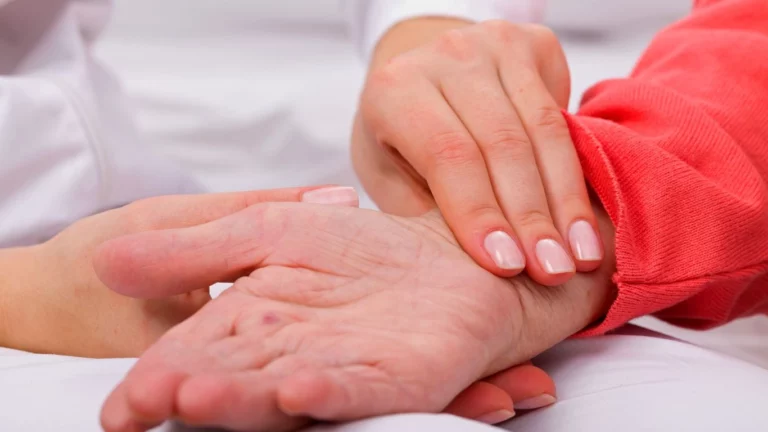Low BP after medication — What to Do to Stay Safe and Balanced
Managing blood pressure can sometimes feel like walking a tightrope. As an Internal Medicine physician specializing in hypertension, I’ve seen firsthand how patients react when their blood pressure drops too low after starting medication. It’s a scenario that can cause a lot of worry, and rightly so. Low BP after medication — what to do is a question I get asked often, and it’s one worth unpacking carefully. Because while lowering high blood pressure is crucial, going too far can bring its own challenges.
Understanding Low Blood Pressure After Medication
First off, let’s clarify what we mean by “low blood pressure” or hypotension. When blood pressure falls below 90/60 mm Hg, many people might start feeling dizzy, lightheaded, or fatigued. Now, if you’re on antihypertensive drugs, this can happen if your medication dose is too strong or if your body is responding more sensitively than expected. From my experience, this balance is delicate—too little medication and the pressure stays high; too much and you risk those unpleasant symptoms.
I remember one patient, a lively 62-year-old woman, who came in complaining about feeling faint when standing up suddenly. She had been on medication for a few weeks, and her blood pressure readings were lower than ideal. We had to revisit her treatment plan carefully. This is exactly why understanding low BP after medication — what to do is so important: it’s not just about numbers but how those numbers make you feel.
Why Does Blood Pressure Drop Too Low?
Several factors can cause blood pressure to dip unexpectedly after starting or adjusting medication:
- Medication Dosage: Sometimes the dose is too high for the individual’s needs.
- Dehydration: Not drinking enough water can lower blood volume, making the medication’s effect stronger.
- Interaction with Other Drugs: Some medications can amplify the effect of blood pressure pills.
- Body Position: Standing up too quickly can cause a sudden drop in BP (orthostatic hypotension).
- Underlying Health Conditions: Diabetes, heart problems, or nervous system disorders may also play a role.
Being aware of these causes helps you and your doctor adjust your management plan smartly and safely.
Recognizing Symptoms: When to Act
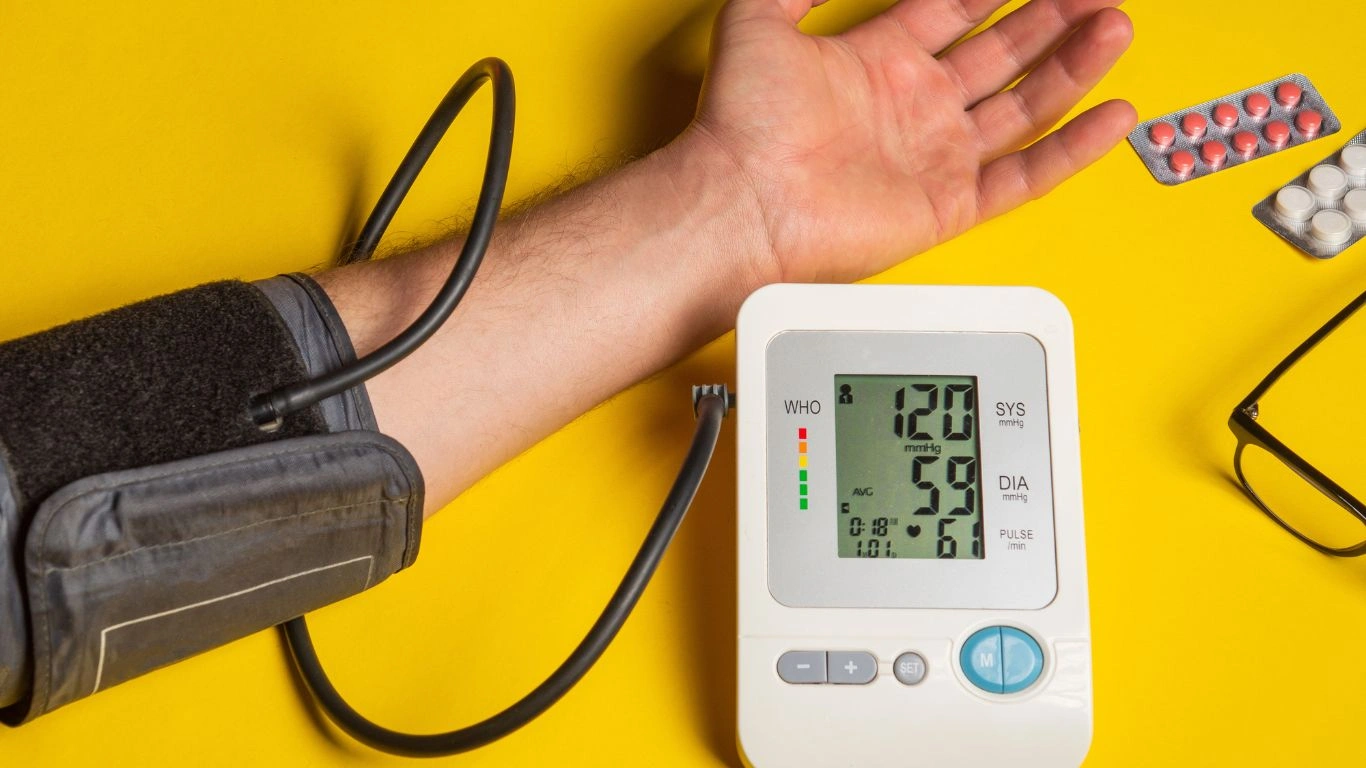
You might be wondering, “How do I know if my blood pressure is too low after taking medication?” While numbers matter, how you feel is often the first clue. Common symptoms include:
- Dizziness or lightheadedness, especially when standing up
- Blurred vision
- Fatigue or weakness
- Nausea
- Cold, clammy skin
- Confusion or difficulty concentrating
If these symptoms occur frequently, it’s a sign that your current treatment may need tweaking. Don’t ignore them or chalk them up to “just getting older.” In my clinic, I always emphasize that patients should listen to their bodies and communicate openly about how they’re feeling.
Personal Tips from My Practice
Based on years of managing patients with hypertension, here’s some advice I share often:
- Keep a Blood Pressure Log: Track your BP readings regularly, ideally at the same time each day, and note any symptoms.
- Hydrate Well: Proper hydration can prevent excessive drops in blood pressure.
- Change Positions Slowly: When moving from sitting or lying down to standing, take your time to avoid sudden dizziness.
- Communicate with Your Doctor: Don’t hesitate to report symptoms—sometimes small adjustments in medication can make a huge difference.
It’s also important to remember that managing blood pressure is a journey. Medication is just one part of the equation; lifestyle factors like diet, exercise, and stress management play a big role too.
How to Manage Low BP After Medication — What to Do Next
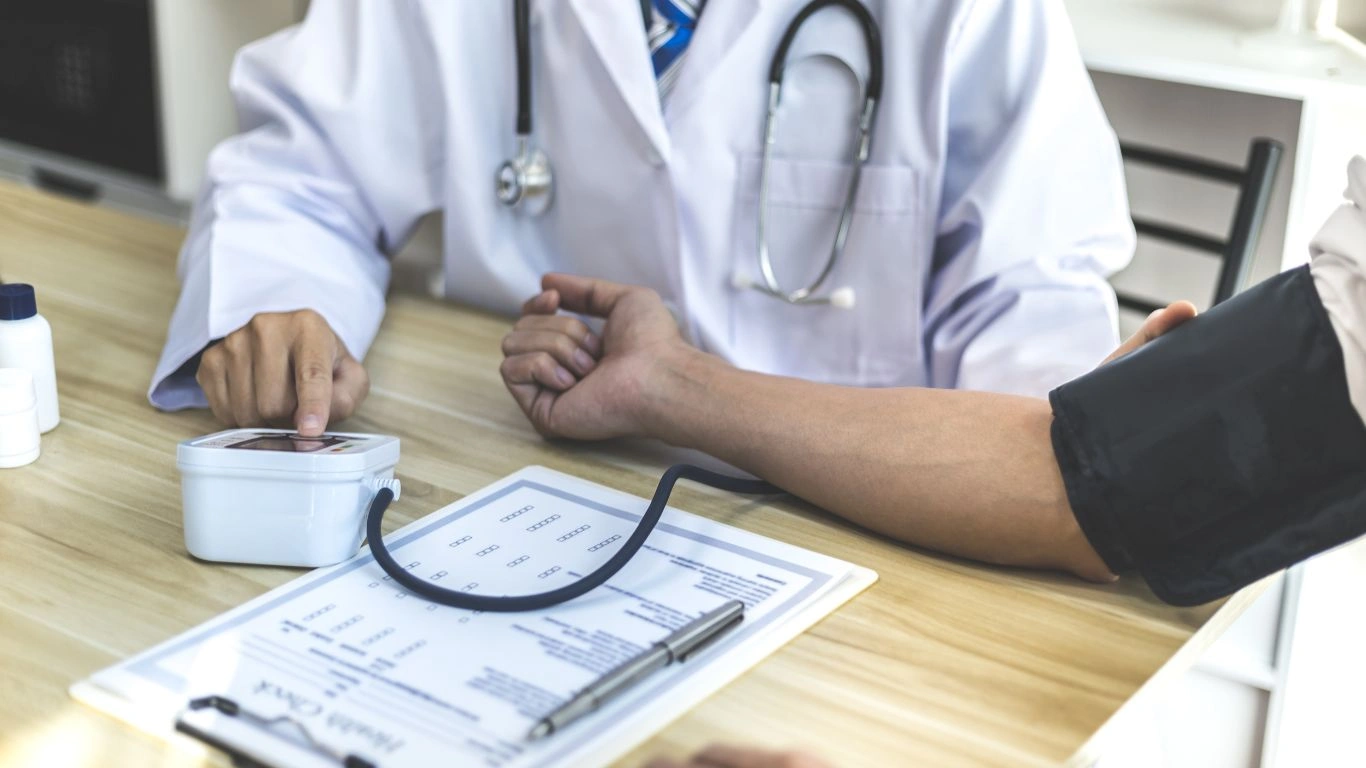
Once you notice symptoms of low blood pressure after starting or adjusting medication, the next steps are crucial. It’s all about balancing safety and effectiveness, and in my experience, a collaborative approach between you and your healthcare provider makes all the difference. Let’s break down what you can do immediately and what your doctor might recommend.
Immediate Actions You Can Take
If you start feeling dizzy or weak after taking your medication, here’s what I usually advise my patients to do:
- Sit or Lie Down Right Away: This helps prevent falls or injuries from fainting. Elevating your legs slightly can also improve blood flow to your brain.
- Drink Fluids: Water is your friend here. Dehydration makes low BP worse, so sipping water can help raise your pressure gently.
- Avoid Sudden Movements: Stand up slowly, and try to avoid strenuous activities until you feel stable again.
- Eat Small, Frequent Meals: Large meals can sometimes cause blood pressure to drop, especially in older adults, so smaller portions spaced throughout the day may reduce symptoms.
These tips sound simple, but they can significantly improve your comfort and safety when blood pressure dips unexpectedly.
When to Call Your Doctor
Knowing when to reach out to your healthcare provider is just as important as managing symptoms at home. You should definitely call your doctor if:
- Your symptoms are severe or worsening
- You experience fainting spells or falls
- Your blood pressure stays consistently below 90/60 mm Hg
- You notice confusion, chest pain, or shortness of breath alongside low BP symptoms
In my practice, patients who wait too long to communicate these issues often end up with more complicated adjustments later on. So, trust your instincts and don’t hesitate to make that call.
Adjusting Medication: What You Can Expect

One of the trickiest parts of managing blood pressure is getting the medication dose just right. It’s a process of trial and error sometimes, and it takes patience. When a patient experiences low BP after medication, I usually consider several options:
- Lowering the Dose: Reducing the dose of the current medication can help avoid those dizzy spells without sacrificing blood pressure control.
- Switching Medications: Some drugs affect blood pressure differently depending on the person. A different class or combination might work better for you.
- Timing Adjustments: Sometimes changing when you take your medication (like moving it to bedtime) can reduce symptoms.
- Adding Supportive Treatments: For example, recommending salt intake adjustments or compression stockings if orthostatic hypotension is an issue.
From my years in practice, I’ve learned that patients who actively participate in their treatment decisions tend to have better outcomes. I always encourage open dialogue — your feedback about how you feel is as important as the numbers on the monitor.
Lifestyle Tweaks That Can Help Stabilize BP
Medication is a powerful tool, but lifestyle habits can also play a huge role in preventing low blood pressure after treatment. Here are some practical tips I often share with my patients:
- Stay Hydrated: Aim for at least 8 glasses of water a day, more if you’re active or it’s hot outside.
- Moderate Salt Intake: While excess salt is generally discouraged, some patients with low BP might benefit from a slight increase—but always check with your doctor first.
- Wear Compression Stockings: These can help improve blood flow, especially if you notice symptoms when standing.
- Exercise Regularly: Gentle activities like walking or swimming improve cardiovascular health and help regulate blood pressure.
- Avoid Alcohol and Caffeine Overload: Both can cause dehydration or sudden BP changes.
Integrating these habits can support your medication’s effect and reduce the chances of your blood pressure dropping too low.
Monitoring Your Blood Pressure at Home
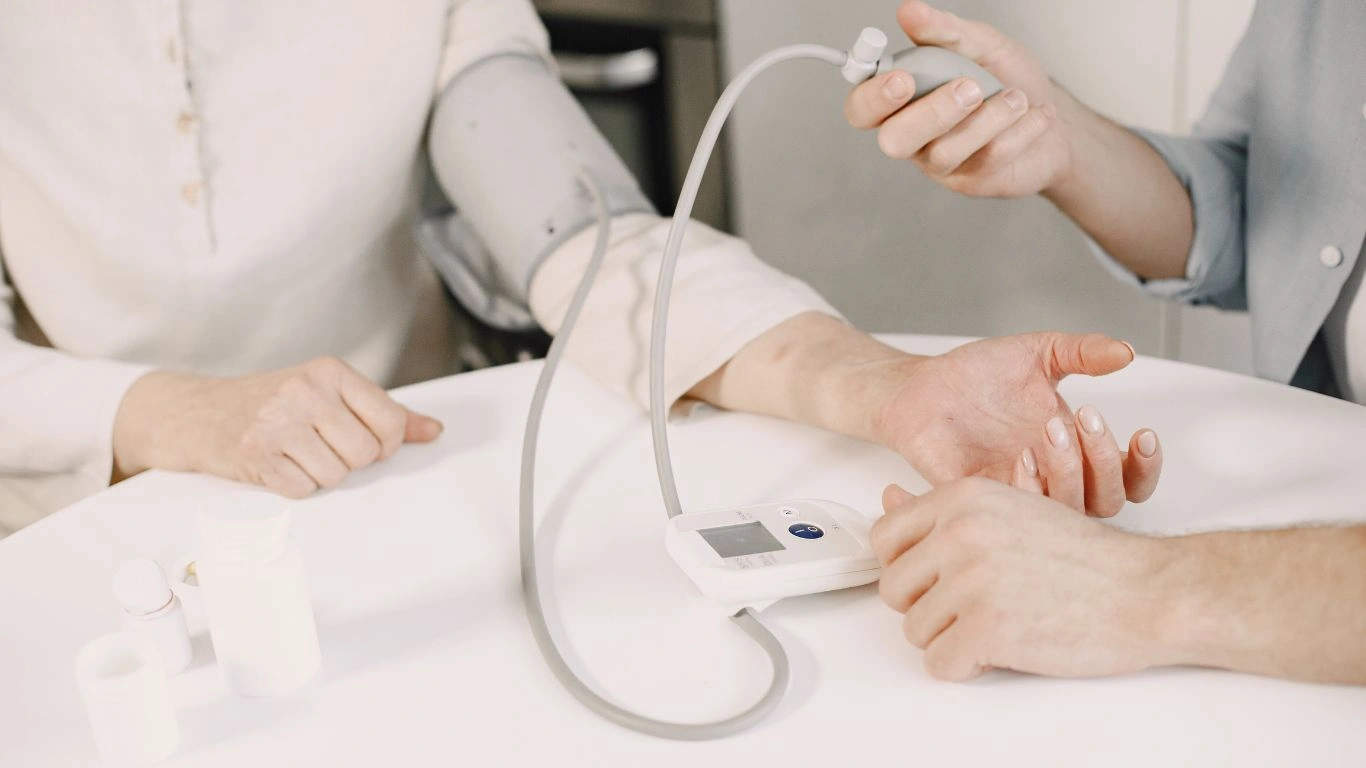
One of the best things you can do as someone managing hypertension is to keep a close eye on your blood pressure at home. It’s a straightforward way to spot trends, catch problems early, and provide your doctor with valuable information.
I always recommend investing in a good-quality home blood pressure monitor and learning the correct technique:
- Rest quietly for 5 minutes before measuring
- Sit with your back supported and feet flat on the floor
- Keep the cuff at heart level
- Take two or three readings, one minute apart, and record the average
Keeping a journal or using an app to log your numbers and symptoms can be a game-changer during your appointments. It helps personalize your treatment and ensures you’re not guessing when it comes to your health.
When Low Blood Pressure After Medication Needs Extra Attention
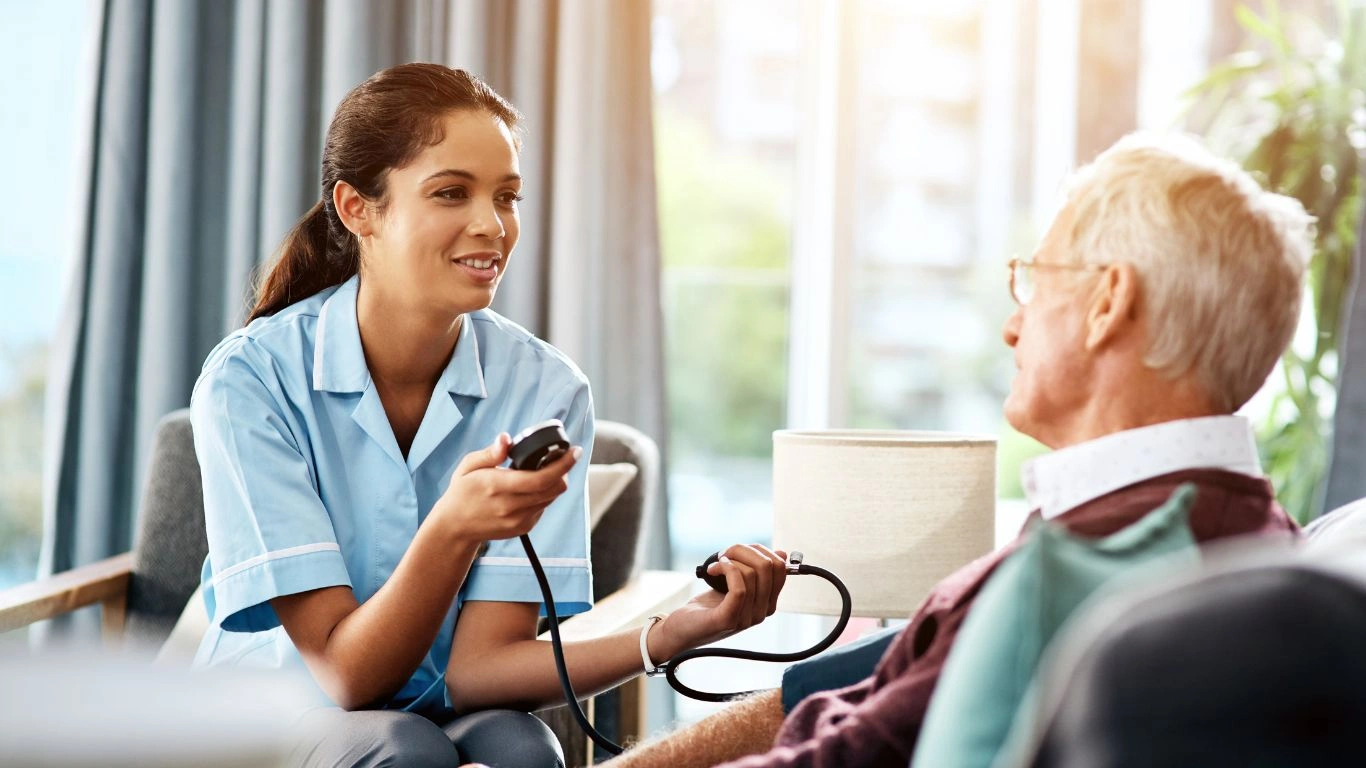
While mild drops in blood pressure after medication can be manageable, there are times when it signals a more serious concern. From my clinical experience, recognizing these red flags early can prevent complications and ensure your treatment stays safe and effective. If you’re dealing with low BP after medication — what to do, it’s important to know when the situation calls for more than just adjusting meds or lifestyle tweaks.
Serious Symptoms That Shouldn’t Be Ignored
If you experience any of the following symptoms, seek medical help promptly:
- Severe dizziness or fainting spells: These could indicate your blood pressure is dangerously low and puts you at risk for falls or injuries.
- Chest pain or palpitations: Sometimes low blood pressure can be linked to heart problems, so chest discomfort should never be dismissed.
- Confusion or difficulty speaking: This could be a sign of poor blood flow to the brain and needs immediate evaluation.
- Cold, clammy skin or rapid, shallow breathing: These are signs your body might not be getting enough oxygen.
I’ve had patients who brushed off mild symptoms only to develop serious complications later. Remember, it’s better to be cautious and get checked out.
When Hospitalization Might Be Necessary
In rare cases, if blood pressure remains very low despite adjustments, hospitalization may be required to stabilize your condition. This allows for:
- Intravenous fluids to boost blood volume
- Close monitoring of heart and kidney function
- Careful adjustment of medications under supervision
Thankfully, this is uncommon, but it’s something I always explain to my patients so they’re prepared if needed. Being informed reduces anxiety and helps you feel more in control of your health journey.
Long-Term Strategies to Prevent Low Blood Pressure Episodes
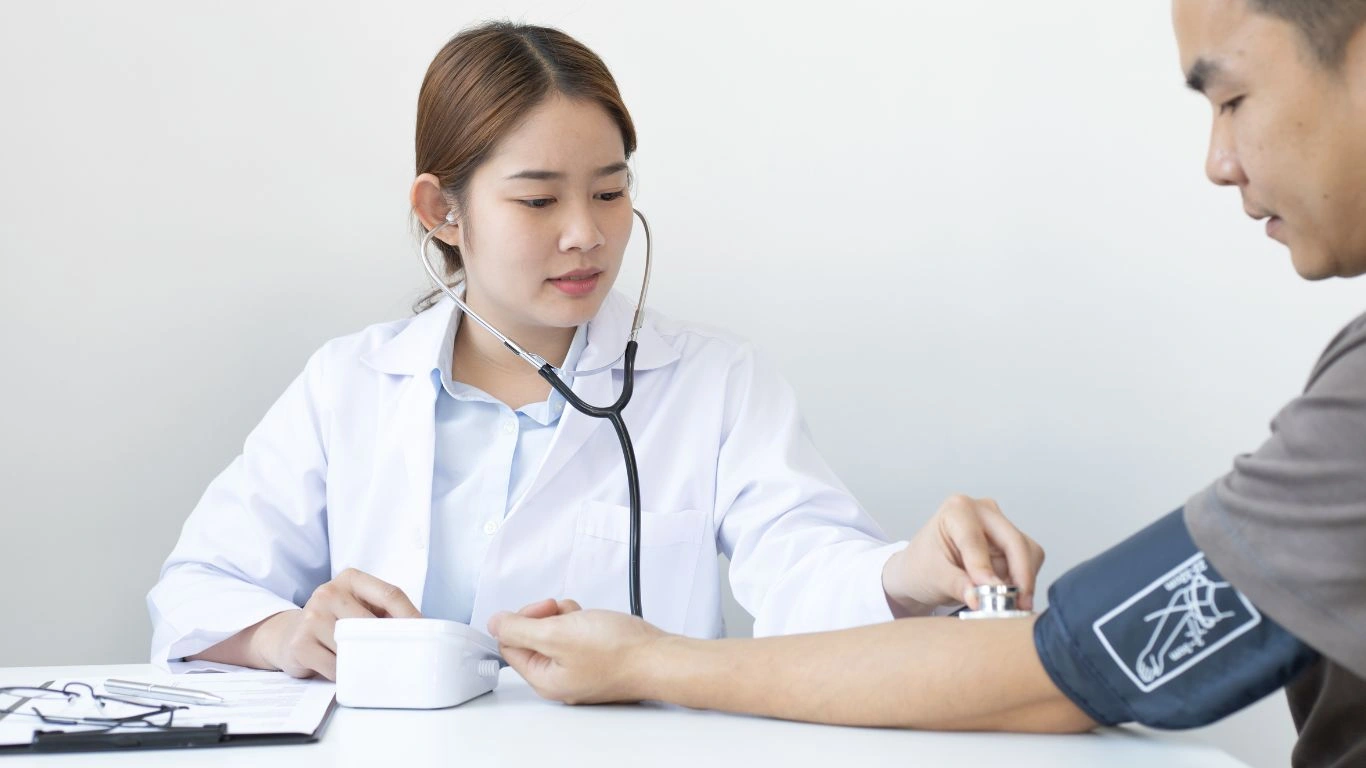
The goal in managing blood pressure isn’t just about reacting to symptoms but proactively preventing episodes of low BP after medication. Based on years of clinical practice, here are some long-term strategies that have proven effective:
Work Closely With Your Healthcare Team
One of the best pieces of advice I can offer is to build a strong partnership with your doctor. This means:
- Being honest about how you feel and any side effects you notice
- Following up regularly to review your blood pressure logs and symptoms
- Discussing any new medications or supplements before starting them
Your doctor can only help you optimize your treatment if they have a complete picture, so open communication is key.
Maintain a Heart-Healthy Lifestyle
The role of lifestyle cannot be overstated. A balanced diet rich in fruits, vegetables, whole grains, and lean proteins supports your cardiovascular system. Regular physical activity improves circulation and helps your body regulate blood pressure more naturally. Don’t forget stress management — chronic stress can wreak havoc on blood pressure control.
From my experience, patients who adopt these habits alongside their medication tend to have more stable readings and fewer symptoms.
Stay Educated and Informed
Medicine evolves, and so do treatment guidelines. I encourage patients to stay informed through reliable sources and ask questions during appointments. Understanding the “why” behind your treatment plan empowers you to make smart decisions and spot issues early.
References and Further Reading
- https://www.heart.org/
- https://www.ahajournals.org/
- https://www.nhlbi.nih.gov/
- https://www.cdc.gov/bloodpressure/
Disclaimer
This article is intended for informational purposes only and should not replace professional medical advice, diagnosis, or treatment. If you experience symptoms of low blood pressure or any health concerns, please consult your healthcare provider promptly. Always follow your doctor’s recommendations and report any unusual symptoms or side effects from medications.
Managing blood pressure is a nuanced and personal journey. With the right support and knowledge, you can navigate it safely and confidently.

Dr. Gwenna Aazee is a board-certified Internal Medicine Physician with a special focus on hypertension management, chronic disease prevention, and patient education. With years of experience in both clinical practice and medical writing, she’s passionate about turning evidence-based medicine into accessible, actionable advice. Through her work at Healthusias.com, Dr. Aazee empowers readers to take charge of their health with confidence and clarity. Off the clock, she enjoys deep dives into nutrition research, long walks with her rescue pup, and simplifying medical jargon one article at a time.

